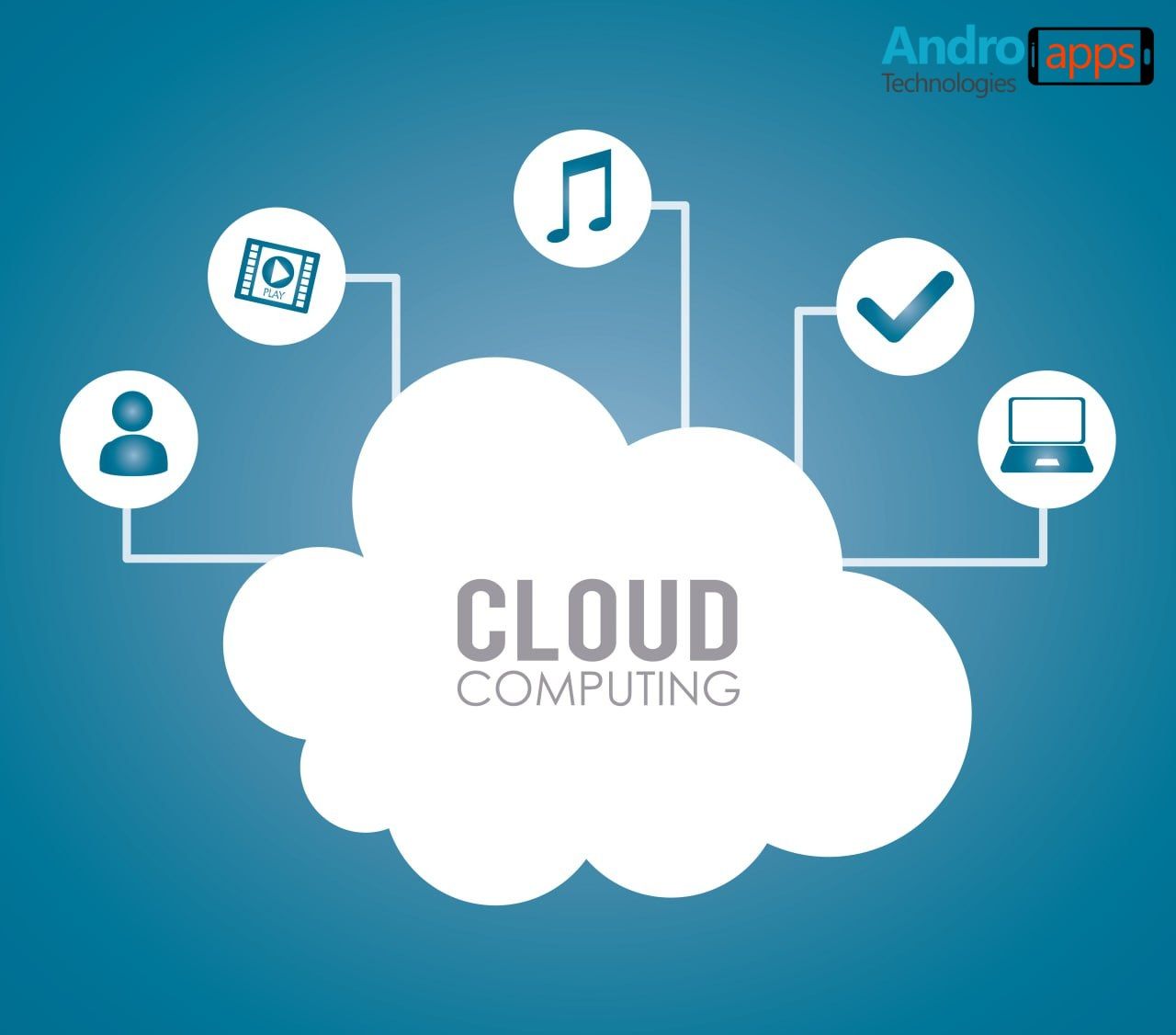Cloud Trends for 2024
Let's Talk
Cloud
Emerging Cloud Trends for Indian SMEs in 2024
Indian SMEs have been stepping into 2024, where the role of cloud computing in driving innovation and operational efficiencies has been pivotal. Changes in the landscape of technology have been taking place at a very rapid speed; it has become quite important that we catch up with them in order to remain competitive. Below are some of the expected cloud computing trends next year that are going to affect our businesses.
Multi-Cloud Strategies Pick Up Steam
The trend visible in multitudes of multiple cloud strategies is down the path to consolidation into smaller or mainstream businesses. Also, for most, the question of security with one cloud provider ruminating these risks and features can cause trouble with vendor lock-in or service interruption. Diversifying into multi-cloud through different cloud platforms mitigates these risks, flexes operations, and optimizes your costs. A good example is this middle-segment IT company based out of Hyderabad, which moved to a multi-cloud approach last year. Their quote was: "By using different providers for what they are uniquely strong in, they managed to realize a decrease of up to 15 percent in operational spending and great service reliability."
Paying More Attention to Cloud Security and Compliance
After all, with cloud adoption on the rise, these are turning out to be very key issues for small as well as medium-scale businesses. We all know that the impacts of data breaches are far beyond the bottom line. In 2024, we are going to see a rise in advanced security measures, from AI-driven threat detection to secure access controls. For example, one SME operating in the pharmaceutical industry from Mumbai had to ensure security in a cloud framework and implement local and international standards-conforming strong security protocols within the framework. This act helped in the protection of sensitive data and building trust with its customers.
Growing Adoption of Edge Computing
The edge becomes more and more relevant—more so for us, whose industries have to deal with real-time data processing, more in manufacturing, and more in retail. Edge computing reduces latency and increases performance, all by doing this closer to the source. For example, a Delhi-based logistics SME implemented edge computing to enhance its supply chain management and achieved a 25% gain in delivery times, raising customer satisfaction.
Serverless computing and containerization
Serverless computing and containerization will shift the way applications are deployed and, basically, managed. Technological advancements in this field allow one to scale as needed without bothering much about the underlying infrastructure; hence, they perfectly suit SMEs with fluctuating workloads. An example of this is that it is only now that a chit fund fintech startup in Chennai has implemented serverless computing, which is 30% faster and has a has a good reduction in cost of deployment. In contrast, containerization allows for more customized application performance in different environments, resulting in less time and a decreased cost of development with deployment.
Cloud AI and machine learning
AI and machine learning infused within cloud platforms have given a platform like ours a whole new meaning. Infused within such technologies are pretty powerful tools for data analysis and decision-making. For example, according to a few reports, with AI analytics on their cloud, one SME in Bengaluru is making tailor-made marketing strategies that have helped grow their sales by 20%. The closer availability of AI and machine learning in the cloud is one area that will see much more SME participation in technologically advanced operational matters and a competitive customer experience.
Green Cloud Initiatives for Sustainability
By 2024, already not just a buzzword but a business imperative, more SMEs are just going to make the preservation of a better planet core to their cloud choices. An SME in the textiles industry from Surat had moved to a renewable cloud service provider and experienced an 18% reduction in carbon footprint, for which it received accolades for being environment-friendly. This shows that SMEs are increasingly aware of the fact that businesses need to be sustainable not just for the environment but also as a brand image and customer retention strategy.
Looking Ahead: Preparing for What's Next
This makes sense for the enterprise as we march into 2024 toward the essentials of growth and the basics of competitiveness in integration with other prevailing cloud computing trends. This includes multi-cloud strategies, a better approach to security, more edge computing, serverless and containerized solutions, AI and ML, and a commitment to sustainability. More important to these trends for business success are awareness, being up-to-date, and being adaptive to the changing cloud layout.